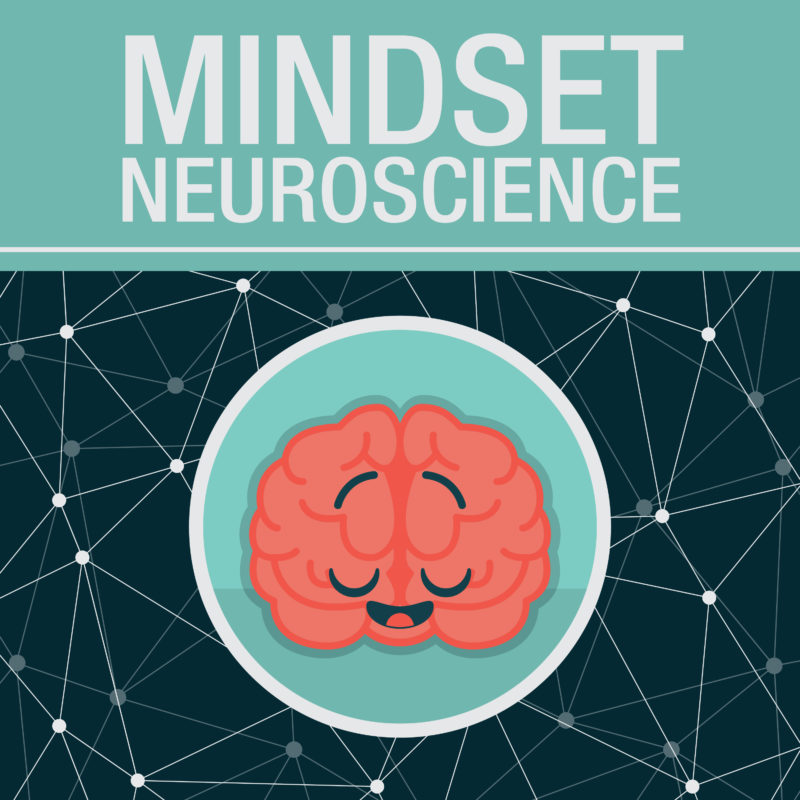Podcast: Play in new window | Download

Sound may be the most important sense we have for learning as well as for detecting others emotions.
The human ability to hear ‘just noticeable differences’ is significantly more powerful than what our eyes are able to detect on the visible wave spectrum.
It’s possible that what we hear is more important to our survival and well-being than what we see.
And yet, in our digital age, we have become obsessed with what we look at.
Some studies actually show that when we can only hear a person’s voice, we are better at detecting their emotions than if we see their facial gestures, OR if we see their facial expression and hear their voice. It seems as though having visuals distracts us from our more accurate ability to know how someone’s feeling by only listening to their voice.
As we’ll discuss today, reading challenges have a strong connection with sound awareness. In fact, the biggest predictor of a person’s reading ability is their ability to distinguish between phonemes and individual sounds. People who struggle with learning reading may need to be taught in a different way and may need help with strengthening their middle ear muscles and ‘vagal tone’.
Topics covered:
– Importance of sound and the evolution of our hearing system.
– Just noticeable differences.
– How sounds travel and how the ear works to extract them.
– Problems caused when our middle ear muscles aren’t able to tense properly.
– Connection between reading ability and the ability to distinguish between phonemes and individual sounds.
– The leading cause of reading problems.
– How to teach reading for sound awareness, and why this approach would be used.
Links:
Washington Post: The Eyes May be Windows to the Soul, but Ears May Be the Route to Our Hearts
Re-Thinking How Students With Dyslexia Are Taught to Read – NPR-Ed

